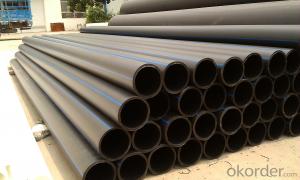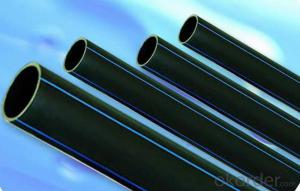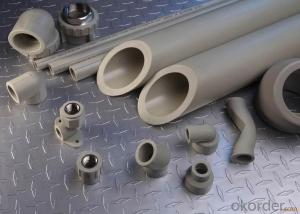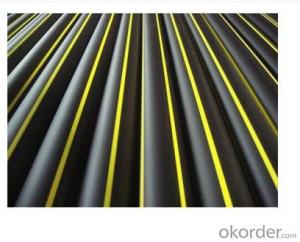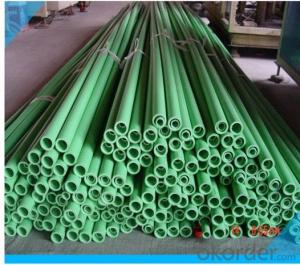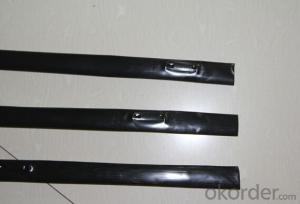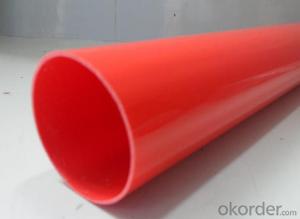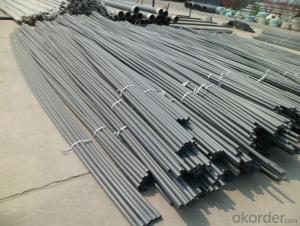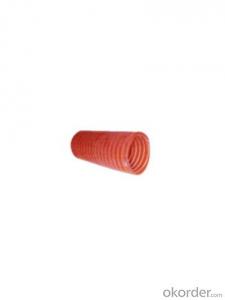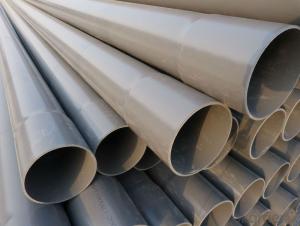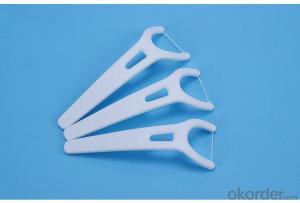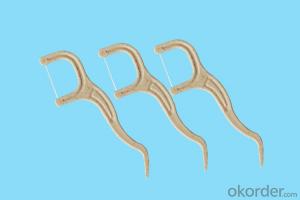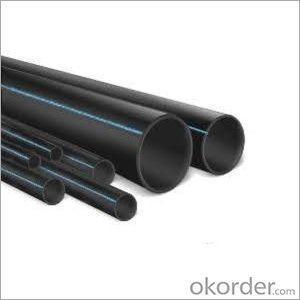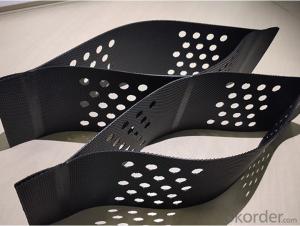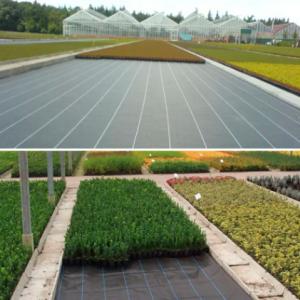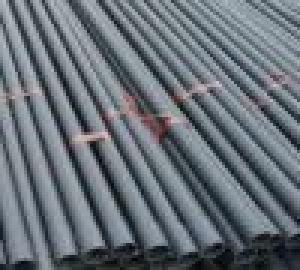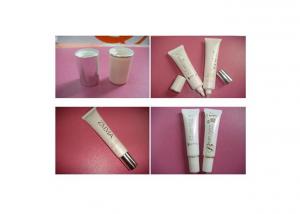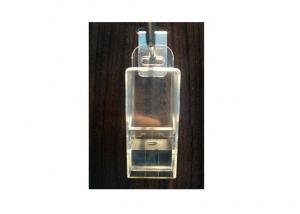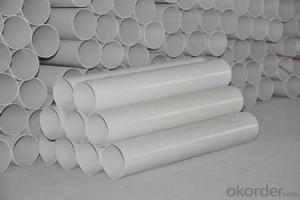HDPE PIPE ISO4427-2000 DN160
- Loading Port:
- China Main Port
- Payment Terms:
- TT OR LC
- Min Order Qty:
- -
- Supply Capability:
- -
OKorder Service Pledge
OKorder Financial Service
You Might Also Like
Physical properties[edit]
Polyethylene is a thermoplasticpolymer consisting of long hydrocarbon chains. Depending on the crystallinity and molecular weight, a melting point and glass transition may or may not be observable. The temperature at which these occur varies strongly with the type of polyethylene. For common commercial grades of medium- and high-density polyethylene the melting point is typically in the range 120 to 180 °C (248 to 356 °F). The melting point for average, commercial, low-density polyethylene is typically 105 to 115 °C (221 to 239 °F).it is transprant.
Chemical properties[edit]
Most LDPE, MDPE and HDPE grades have excellent chemical resistance, meaning that it is not attacked by strong acids or strong bases. It is also resistant to gentle oxidants and reducing agents. Polyethylene burns slowly with a blue flame having a yellow tip and gives off an odour of paraffin. The material continues burning on removal of the flame source and produces a drip.[3] Crystalline samples do not dissolve at room temperature. Polyethylene (other than cross-linked polyethylene) usually can be dissolved at elevated temperatures in aromatic hydrocarbons such as toluene or xylene, or in chlorinated solvents such as trichloroethane or trichlorobenzene.[4]
GB/T13663-2000:
| PE63管材规格 | |||||
| 公称 外径dn,mm | SDR33 | SDR26 | SDR17.6 | SDR13.6 | SDR11 |
| 公称压力 PN,Mpa | |||||
| 0.32 | 0.4 | 0.6 | 0.8 | 1.0 | |
| 公称 壁厚 | 公称 壁厚 | 公称 壁厚 | 公称 壁厚 | 公称 壁厚 | |
| 16 | 2.3 | ||||
| 20 | 2.3 | 2.3 | |||
| 25 | 2.3 | 2.3 | 2.3 | ||
| 32 | 2.3 | 2.4 | 2.9 | ||
| 40 | 2.3 | 2.3 | 3.0 | 3.7 | |
| 50 | 2.3 | 2.9 | 3.7 | 4.6 | |
| 63 | 2.3 | 2.5 | 3.6 | 4.7 | 5.8 |
| 75 | 2.3 | 2.9 | 4.3 | 5.6 | 6.8 |
| 90 | 2.8 | 3.5 | 5.1 | 6.7 | 8.2 |
| 110 | 3.4 | 4.2 | 6.3 | 8.1 | 10.0 |
| 125 | 3.9 | 4.8 | 7.1 | 9.2 | 11.4 |
| 140 | 4.3 | 5.4 | 8.0 | 10.3 | 12.7 |
| 160 | 4.9 | 6.2 | 9.1 | 11.8 | 14.6 |
| 180 | 5.5 | 6.9 | 10.2 | 13.3 | 16.4 |
| 200 | 6.2 | 7.7 | 11.4 | 14.7 | 18.2 |
| 225 | 6.9 | 8.6 | 12.8 | 16.6 | 20.5 |
| 250 | 7.7 | 9.6 | 14.2 | 18.4 | 22.7 |
| 280 | 8.6 | 10.7 | 15.9 | 20.6 | 25.4 |
| 315 | 9.7 | 12.1 | 17.9 | 23.2 | 28.6 |
| 355 | 10.9 | 13.6 | 20.1 | 26.1 | 32.2 |
| 400 | 12.3 | 15.3 | 22.7 | 29.4 | 36.3 |
| 450 | 13.8 | 17.2 | 25.5 | 33.1 | 40.9 |
| 500 | 15.3 | 19.1 | 28.3 | 36.8 | 45.4 |
| 560 | 17.2 | 21.4 | 31.7 | 41.2 | 50.8 |
| 630 | 19.3 | 24.1 | 35.7 | 46.3 | 57.2 |
- Q:How are plastic tubes sterilized?
- Plastic tubes can be sterilized through various methods such as autoclaving, ethylene oxide gas sterilization, gamma irradiation, or by using chemical sterilants. Each method has its own advantages and is chosen based on the specific requirements of the application and the type of plastic used in the tubes. Autoclaving involves subjecting the tubes to high-pressure steam, which effectively kills microorganisms. Ethylene oxide gas sterilization uses a gas that penetrates the plastic and destroys the microbes. Gamma irradiation exposes the tubes to high-energy gamma rays that disrupt the DNA of microorganisms. Chemical sterilants can also be used to disinfect the tubes by immersing or spraying them with appropriate sterilizing agents. The choice of sterilization method depends on factors such as the sensitivity of the plastic material to heat or radiation, the required sterility level, and the potential impact on the tube's functionality.
- Q:What are the common sizes of plastic tubes used for HVAC?
- The common sizes of plastic tubes used for HVAC vary but typically range from 1/4 inch to 1 inch in diameter.
- Q:Do plastic tubes have any limitations in terms of temperature resistance?
- Yes, plastic tubes do have limitations in terms of temperature resistance. While some types of plastic tubes can withstand high temperatures, such as those made from materials like polyimide or PTFE, most plastics have a limited range of temperature resistance. Exposing plastic tubes to temperatures beyond their specified limits can cause them to deform, melt, or become brittle, compromising their structural integrity and functionality. It is important to consider the intended application and select a plastic tube material that can withstand the expected temperature conditions.
- Q:Can PVC pipes be used with drinking water?
- To put it simply, the lead in PVC plastics comes mainly from the heat stabilizer, lead salt. PVC water pipes containing lead salts, in the process of using heavy metals lead to precipitate from the pipe into the water, causing pollution.
- Q:I am doing a school project and i need to get my hands on some surgical tubing. i don't know ware to buy it however can somebody please help me???????
- what kind of tubing small metal tubing can be found at the pharmacy, they have hypodermic needles of many sizes plastics tubing's you need to be more specific but some lab supplies stores have them, it is just difficult to find! Ch
- Q:Why is the concrete wall filled with long and thin white plastic pipes?
- Along the wall, it is possible to embed the wire through the wall.
- Q:I recently purchased a 1972 Volkswagen Super Beetle and I found that the plastic tube above the fuel tank is cracked. I know that it is some sort of vapor trapping device, but i cannot find a replacement
- Try duct tape. Seriously. Same thing happened to me on my 73 and it works.
- Q:What is the difference between waste pressure plastic pipe and PVC pipe?
- Discharge pressure plastic pipe is PVC pipe, PE pipe can also be;
- Q:Is it acrylic or is there some other that wont shatter?
- polybutylene or chlorinated polyvinyl chloride
- Q:ive been spending a fortune lately on my hamsters..so my partners asked me to stop buying them things for a couple of weeks..but i really want some tubes for my hamsters anybody got some old ones they dont want anymore..that could give me for cheap??
- Toilet roll. Its safe for them to eat too dont worry
1. Manufacturer Overview |
|
|---|---|
| Location | |
| Year Established | |
| Annual Output Value | |
| Main Markets | |
| Company Certifications | |
2. Manufacturer Certificates |
|
|---|---|
| a) Certification Name | |
| Range | |
| Reference | |
| Validity Period | |
3. Manufacturer Capability |
|
|---|---|
| a)Trade Capacity | |
| Nearest Port | |
| Export Percentage | |
| No.of Employees in Trade Department | |
| Language Spoken: | |
| b)Factory Information | |
| Factory Size: | |
| No. of Production Lines | |
| Contract Manufacturing | |
| Product Price Range | |
Send your message to us
HDPE PIPE ISO4427-2000 DN160
- Loading Port:
- China Main Port
- Payment Terms:
- TT OR LC
- Min Order Qty:
- -
- Supply Capability:
- -
OKorder Service Pledge
OKorder Financial Service
Similar products
New products
Hot products
Hot Searches
Related keywords
